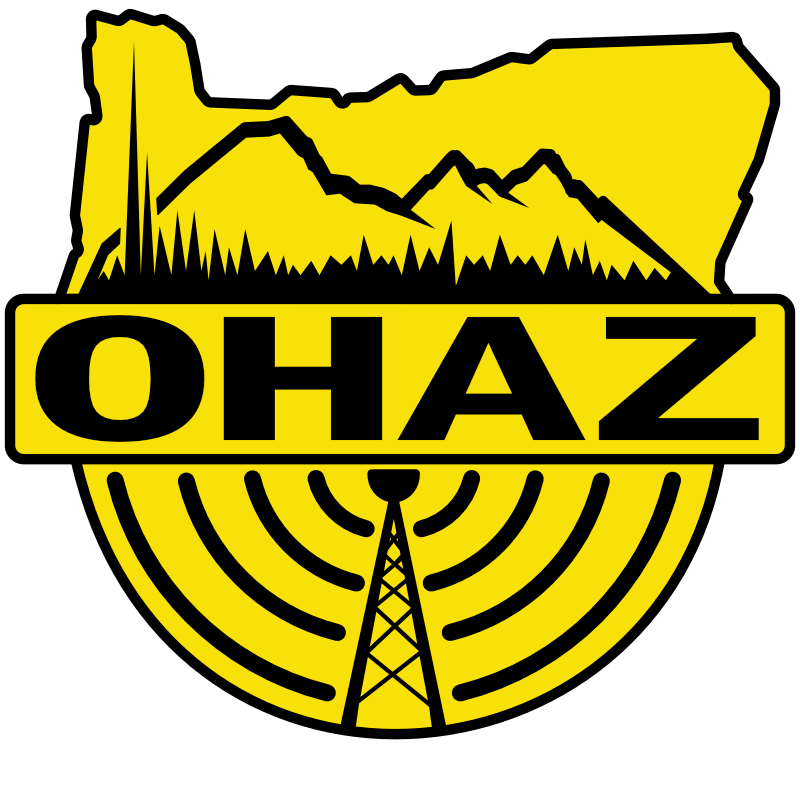Wildfire Cameras in the Rogue Valley
The Oregon Hazards Lab will install twelve additional wildfire cameras in the Rogue Valley region between 2024 and 2027.
The Oregon Hazards Lab has partnered with the Rogue Valley Council of Governments on a project to deploy twelve additional wildfire cameras across the Rogue Valley over three years. This project will be funded by a $1.6 million Hazard Mitigation Assistance grant from the Federal Emergency Management Agency. The project began in summer 2024 and will be complete by summer 2027.

Early detection of smoke and fire is critical to Oregon’s wildland fire response and helps to prevent small fires from becoming large, costly conflagrations. In addition to giving firefighters another tool to discover and locate new fire starts, these cameras also will provide vital visual information to inform and scale response, enable ongoing monitoring through containment, and provide enhanced situational awareness for the public.
The Rogue Valley cameras will be particularly impactful for public safety because they will be installed in the wildland-urban interface (WUI) – the zone of transition where the built environment meets the natural environment. Locating cameras in the WUI can help prevent or mitigate future disasters like the 2020 Almeda Fire in Phoenix and Talent by enabling rapid detection and monitoring of wildfires close to populated areas.
Locations of New Rogue Valley Wildfire Cameras
The Oregon Hazards Lab tentatively plans to deploy cameras at the following locations:
Year One Camera Installations - Complete
Year Two Camera Installations
Rapp Road Reservoir
Rogue River Water Tower
Mount Isabelle
Gold Hill Reservoir
Year Three Camera Installations
Roxy Ann Butte
Fielder Mountain
Eight Dollar Mountain
Blackwell Hill
These locations could change, especially in the second and third year of the project, in response to evolving local needs or site availability. These new cameras will complement existing Oregon Hazards Lab cameras in the region, including cameras on Long Mountain, Rogue Valley Manor, and Baldy Mountain. Together, they will provide a comprehensive viewshed of this high-risk corridor, including Medford, Grants Pass, Cave Junction, and Eagle Point.
Selecting Locations for Camera Deployments
The twelve locations proposed for camera deployment each had three necessary components:

Vertical Asset

Reliable Power

Data (10+ MB/sec)
The four initial sites selected for the first year of the project are most ready for implementation. However, Oregon Hazards Lab field technicians plan to install all cameras as rapidly as possible and are not required to wait until the second and third year of the project to install the other sites. Cameras will be deployed as soon as site permits are obtained and work schedules allow.
Role of Oregon Hazards Lab and Local Jurisdictions
Oregon Hazards Lab field technicians will deploy all cameras and provide ongoing maintenance. Cameras are monitored daily, and we will rapidly respond to unexpected issues that impact camera functionality. Our staff will also perform planning and preparation tasks prior to camera installation, including identifying site hosts and technical contacts, obtaining necessary permits, executing land-use agreements, and coordinating data networking.
No funding is required from the site host or local jurisdiction. However, cameras would ideally utilize existing power and data at the proposed location. Although our field technicians can install cameras at locations ranging from bare earth to communications towers, installations are faster and easier when some infrastructure is already in place. We will perform infrastructure improvements as needed to allow for successful camera installations.
Thank you to the Rogue Valley Council of Governments for partnering on this project. RVCOG is a voluntary association of 24 local jurisdictions, special districts, and education institutions in southwestern Oregon’s Jackson and Josephine Counties. Its primary focus is to support local and regional problem solving. Learn more at rvcog.org.
